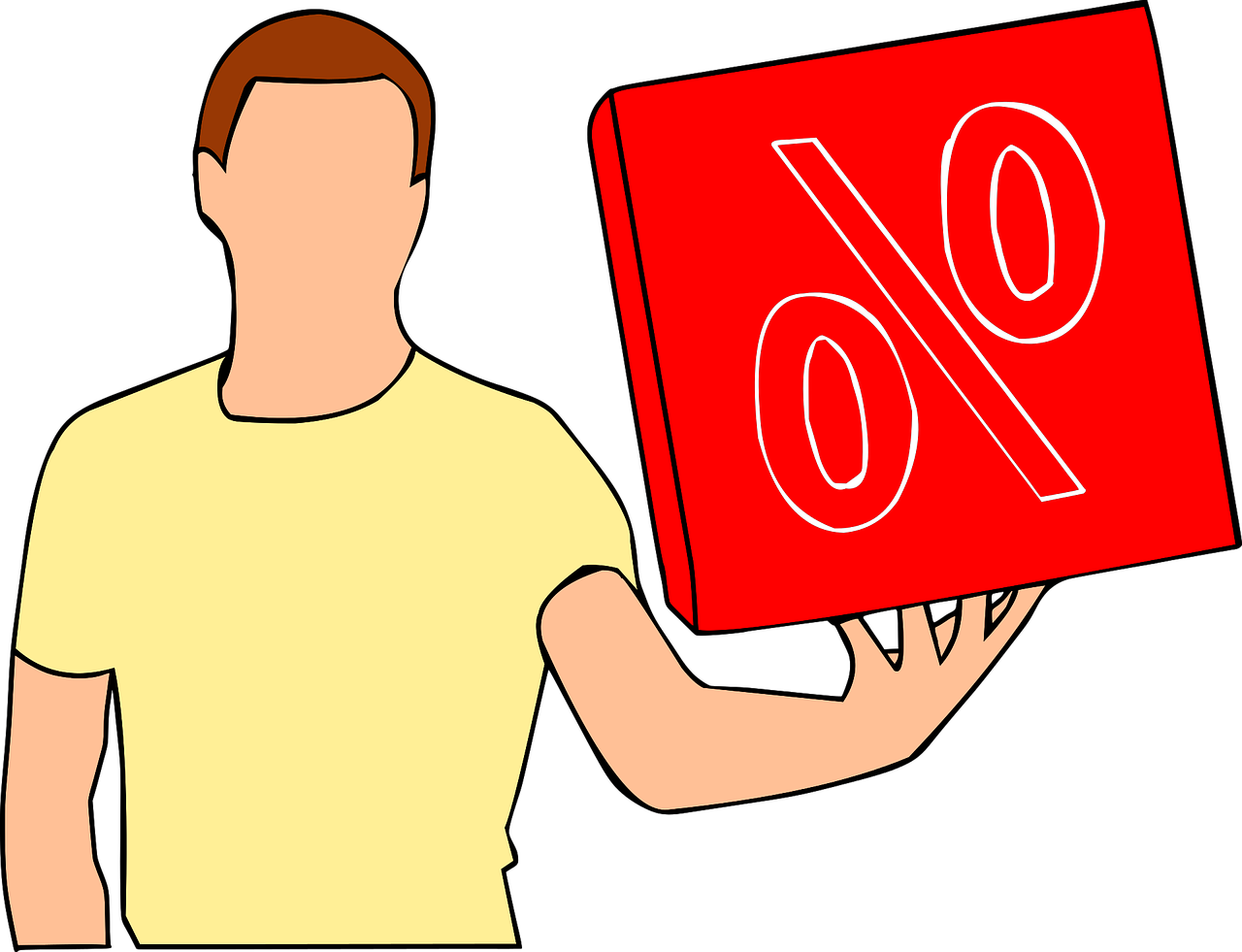Percentage Change Calculator
Result:
Our percentage change calculator will help you calculate the percentage change between two values, just provide the two values and our calculator will do the rest.
Have you ever noticed how prices of things seem to go up or down over time? Maybe your favorite snack got
more expensive, or that new video game you wanted went on sale. These changes are often described as
percentage changes.
Understanding what percentage change means and how to calculate it can
be
really useful in many situations. On this page, we'll explore percentage change in detail and learn
how to calculate it step-by-step.

What is Percentage Change?
Percentage change is a way to measure how much something has increased or decreased compared to its original value. It expresses the change as a percentage, which makes it easy to compare different changes. For example, if the price of an item goes up from $10 to $12, we can say that the price has increased by 20%. Similarly, if a student's test score drops from 80% to 72%, we can calculate the percentage change to see how much their score has decreased.
Percentage change is used in many everyday situations, such as:
- Tracking changes in prices of goods and services
- Analyzing stock market performance
- Monitoring changes in population sizes
- Comparing test scores or grades over time
How Do I Calculate the Percent Change?
To calculate the percent change, you need to know two things: the original value and the new value. The original value is the starting point, and the new value is the value after the change has occurred.
Here are the steps to calculate percent change:
- Find the difference between the new value and the original value.
- Divide the difference by the original value.
- Multiply the result by 100 to get the percent change.
Let's break it down with an example:
Suppose your allowance increased from $10 to $12. To calculate the percent change, follow these steps:
- Find the difference between the new value ($12) and the original value ($10): $12 - $10 = $2
- Divide the difference ($2) by the original value ($10): $2 / $10 = 0.2
- Multiply the result (0.2) by 100 to get the percent change: 0.2 × 100 = 20%
So, your allowance increased by 20%.
Percent Change Formula
The formula for calculating percent change is:
Percent Change = (New Value - Original Value) / Original Value × 100
Let's break down the components of this formula:
- New Value: The value after the change has occurred
- Original Value: The starting value before the change
- (New Value - Original Value): The difference between the new and original values
- (New Value - Original Value) / Original Value: The difference divided by the original value, which gives you the decimal form of the percent change
- × 100: Multiplying the decimal form by 100 converts it to a percentage
It's important to remember that the original value is used as the denominator in the formula. This is because the percent change is calculated relative to the original value.
Examples of Calculating Percentage Change
To better understand how to calculate percentage change, let's go through a few examples.
Example 1: Positive Percent Change
Suppose the price of a book increased from $15 to $18. Calculate the percent change in the price of the book.
Given information:
- Original Value (Original Price): $15
- New Value (New Price): $18
Step 1: Find the difference between the new value and the original value.
New Value - Original Value = $18 - $15 = $3
Step 2: Divide the difference by the original value.
$3 / $15 = 0.2
Step 3: Multiply the result by 100 to get the percent change.
0.2 × 100 = 20%
Therefore, the price of the book increased by 20%.
Example 2: Negative Percent Change
Imagine your favorite basketball team scored 80 points in their last game, but only 72 points in the current game. Calculate the percent change in their score.
Given information:
- Original Value (Previous Game Score): 80 points
- New Value (Current Game Score): 72 points
Step 1: Find the difference between the new value and the original value.
New Value - Original Value = 72 - 80 = -8
Step 2: Divide the difference by the original value.
-8 / 80 = -0.1
Step 3: Multiply the result by 100 to get the percent change.
-0.1 × 100 = -10%
Therefore, the team's score decreased by 10%.
How to Find the Percentage Change Between Negative Numbers?
Sometimes, you may need to calculate the percentage change between two negative numbers. The process is similar, but you need to be careful with the signs.
Example: Calculating Percentage Change Between Negative Numbers
Suppose a company's net loss decreased from -$50,000 to -$40,000. Calculate the percent change in the company's net loss.
Given information:
- Original Value (Previous Net Loss): -$50,000
- New Value (New Net Loss): -$40,000
Step 1: Find the difference between the new value and the original value.
New Value - Original Value = -$40,000 - (-$50,000) = $10,000
Step 2: Divide the difference by the original value.
$10,000 / (-$50,000) = -0.2
Step 3: Multiply the result by 100 to get the percent change.
-0.2 × 100 = -20%
Therefore, the company's net loss decreased by 20%.
In this example, even though both values were negative, we treated the original value (-$50,000) as the starting point and calculated the percentage change relative to that value.
Other Similar Calculators
Check out other calculators that are similar to this one.
Frequently Asked Questions (FAQ)
Can percentage change be more than 100%?
Yes, percentage change can be more than 100%. This happens when the new value is more than double the original value.
What if the original value is zero?
If the original value is zero, you cannot calculate the percent change using the standard formula because division by zero is undefined. In such cases, you can say that the percent change is undefined or describe the change using different terms.
Is percent change the same as percent difference?
No, percent change and percent difference are not the same. Percent change measures the increase or decrease relative to the original value, while percent difference compares the absolute difference between two values without considering which value is the original.
Can percentage change be negative?
Yes, percentage change can be negative. A negative percent change indicates a decrease from the original value.
Find Calculator
Popular Calculators
Other Calculators
